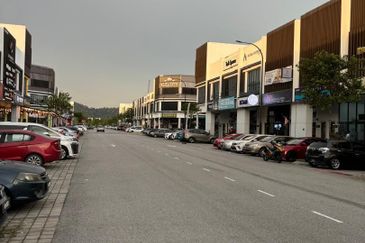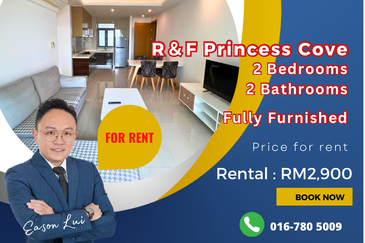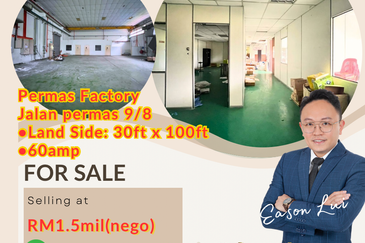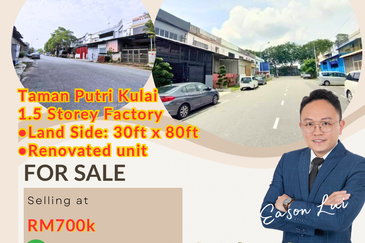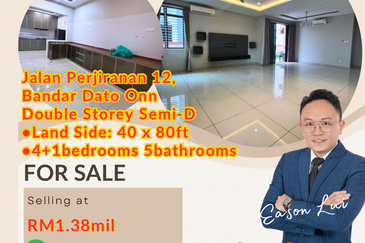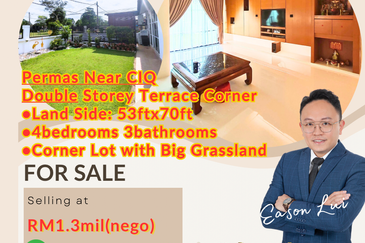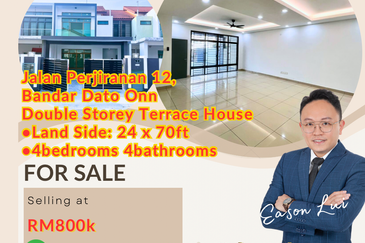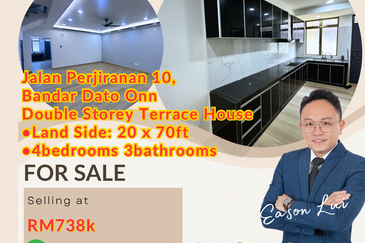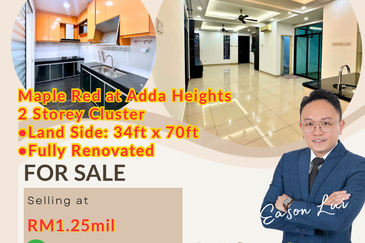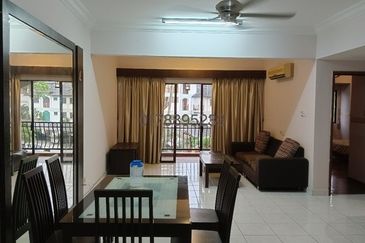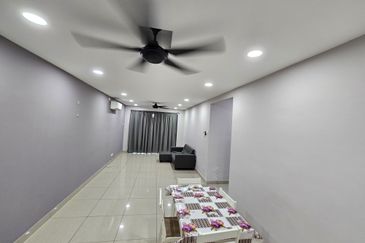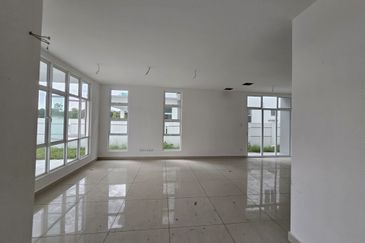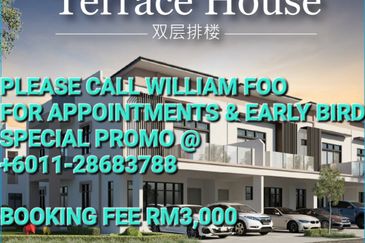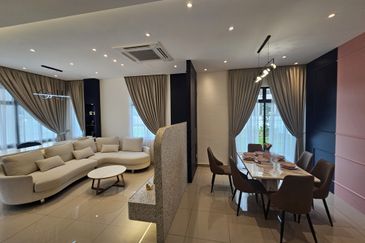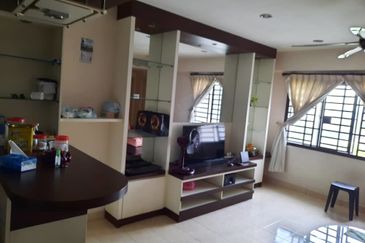
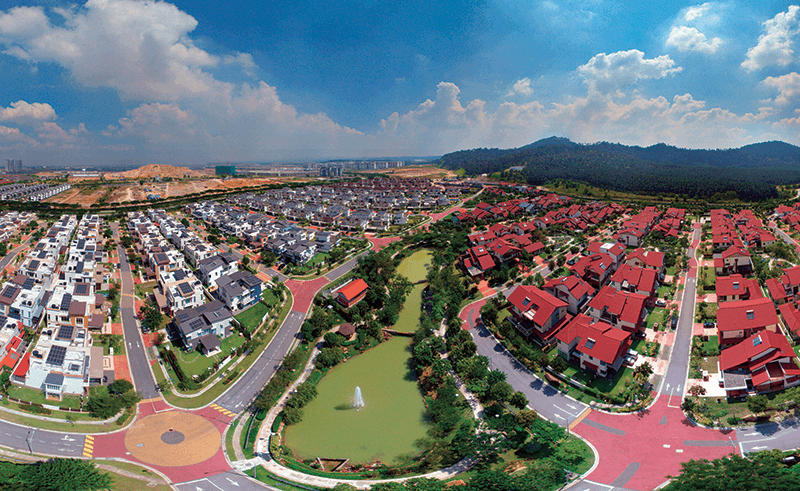
A question in the final examination of Datuk Koe Peng Kang’s professional paper in engineering in the late 1990s has had a great influence on the Bandar Eco-Setia Sdn Bhd CEO’s approach to property development — that is, to protect the environment as much as possible during the development process.
“Assuming that you are working for a developer, how are you going to ensure that the environment is well-preserved during the development and what are you going to do to protect the environment?” That was the exam question that he had three hours to answer.
As he had just joined S P Setia Bhd then, he felt it was a tough question to answer. He then asked if he could choose to answer a question on quality control instead, but his request was rejected by the examiner.
“He told me that since I work for a developer, I have to tell him how I would protect the environment [as an engineer],” Koe recalls. “He said a lot of engineers talk about the mass destruction of the environment [due to development], so he wanted me to answer that question. I had no choice, so I sat down there for three hours and thought through the process of construction design, a development’s impact on the environment and environment protection.
“During those three hours, I did nothing but think about the real issue at hand. I remember I wrote this on the paper — as an engineer, we cannot stop property developments but we can, in our capacity, minimise the damage and impact of development on the environment.”
The desire to do things differently, coupled with an opportunity to develop a parcel in Shah Alam, Selangor, in 2004, resulted in the creation of a green township known as Setia Eco Park.
The award-winning development is the recipient of The Edge Malaysia Notable Property Achievement Award 2015, which recognises a project that showcases not only unique concepts and designs but also the commitment of its developer to translate them into reality.
Setia Eco Park is located on 791 acres of freehold land, 60% of which has been developed. From the initial gross development value (GDV) of RM2.2 billion in 2004, the GDV now stands at RM5.5 billion. The whole township, with 3,000 homes, is scheduled for completion in more than 10 years’ time.
“In 2004, we got this land and we had to decide what to do. The authorities were friendly and they wanted to see something happen as well,” says Koe, who is also executive vice-president of S P Setia.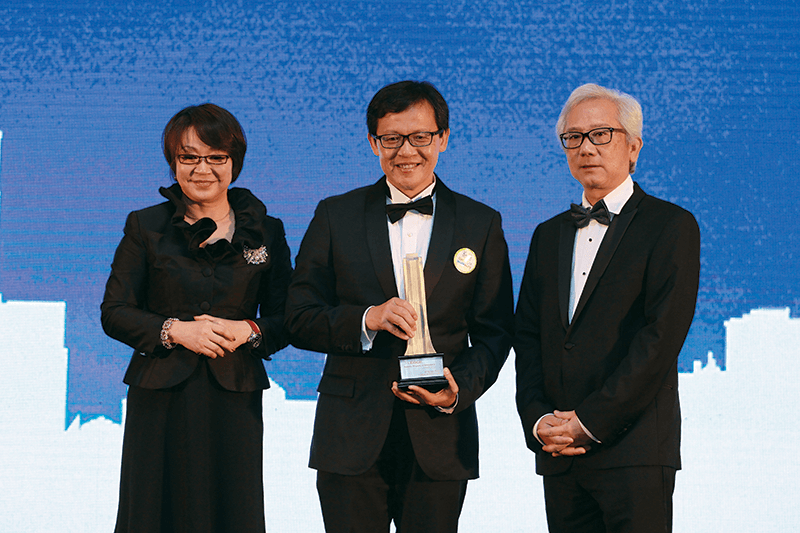
“Back then, the whole property development industry was on the verge of a revolution, so we decided to embark on green developments here. It was set to be a large enclave for high-end properties with only bungalows and semi-detached homes, while each precinct would be individually gated and guarded.”
The launch price for a bungalow was RM659,000 in 2004, but a similar property would be priced from RM1.8 million now, he says.
Green developments then were not as common as they are now, with nothing formalised and not much information available locally. The team came out with different ideas, taking note of what the industry had done previously and ways to improve on this.
The team also looked at available green technology at the time such as wind turbines and solar panels as well as the flora requirements.
“We were also looking at whether we could make the streets narrower, so we could have more space for vegetation while still having roads that serve their purpose,” Koe says. “So, we reduced the width of the roads from [the required] 21ft to 15ft.”
While it is easier for developers to focus just on technology and put minimal effort into having plants to meet the green requirement, for S P Setia, what mattered most at Setia Eco Park were the softer parts of the development such as the conservation of the existing flora and fauna, community building and the long-term commitment to and maintenance of the green areas.
“We also looked at what sort of greens we should plant. The most eco-friendly thing is to plant trees — as many as possible — because they cool down the environment. We often just plant what is easy to be maintained. For Setia Eco Park, we looked at what we needed to plant and we selected plants that are friendly to birds and butterflies. We came out with a list of about 200 species of plants that attract birds and butterflies,” Koe says, adding that the developer also received advice from plant experts. Setia Eco Park has since become home to various food trees and nectar plants that serve as suitable habitat for birds and butterflies.
A recent survey carried out by the developer, together with WWF, recommends that more food trees should be planted to boost the bird types there to 50 from the current 30.
“We are seriously looking into this. These things may not seem significant but they have an impact in the long term. Plants provide oxygen and children can run free among them. God has given us the best thing in the world, trees, but we just don’t plant enough of them.
“Plants also need tender loving care or else they will die, and replanting would cost a lot of money. We can’t take it for granted. We understand that some of our workers may not understand the importance of plants to our living environment, so the team has to monitor this. Developing green is not just a statement; it is a long-term commitment.”
The story of Setia Eco Park, as Koe puts it, helps people understand that the environment is not just about buying and using technology, but also about understanding how to create a friendly landscape for everyone. While the developer takes care of most of the landscaping, Koe says he sees residents doing up their gardens to match the green surroundings.
As for the animals at Setia Eco Park, it is a standard protocol for S P Setia that any animal rescued within Setia Eco Park is released back to the forest nearby.
“We want to do things differently. If we don’t have to touch an area for our development, we just leave it as it is,” says Koe.
The developer has also kept the lakes in Setia Eco Park and is modifying some of them in terms of their size and shape. Fishing is prohibited in the development, which also has a dog park.
“They (the fish) were here even before us, and they eat mosquito larvae,” Koe says. “My dream is to have the lakes full of fish but we are still far from that. I hope my dream will come true one day. I am working on improving the water quality. When we started in 2004, we didn’t have the money to modify every lake [after spending a huge amount of money on buying the land and building the road interchange to Setia Eco Park].”
Koe also sees the importance of community building in Setia Eco Park. It is planning to build fine-dining restaurants and amenities for senior citizens near its clubhouse, The Canopy Club, by early 2017.
“Everything will be very close to their homes and the residents don’t have to go out. The next thing we want to do is to make sure that we create enough activities for the retirees in our community to keep them busy. Previously, we had wine and coffee appreciation events. Next, we want to form a club so they can do something together.”
Before Setia Eco Park, S P Setia’s only high-end development was Duta Nusantara in Dutamas, Kuala Lumpur. The success of Setia Eco Park has been a boost to its confidence and its ability to turn a place from nothing into something desirable.
“This project gives us the aspiration and confidence … that if we go to a new place, we can do whatever we want to do. We also broke the industry’s taboo that developers can’t live in their own development. A lot of senior staff live here and they oversee the place,” Koe says, adding that the developer will continue to maintain the values and lifestyle standards of Setia Eco Park.
Eventually, it plans to build properties that suit the requirements of the demographic such as smaller bungalows for those who want such a property. Its approach is also to launch in small quantities but at a higher value.
“We need the stamina to ensure that all our staff are able to embrace the concept and execute the common objective [which is green]. We always ask ourselves what else we can do to make it better. It is a never-ending process,” Koe opines. “Another difficulty is to find someone who has the passion to implement the concept.”
After years of hard work, the vision the developer has is becoming a reality. The development has since attracted not only the public but also personnel of corporations to stay here.
“People believe in it … even though initially the location was thought of as far away and people thought it was mad to develop high-end developments here.
“The satisfaction for us is when buyers see value appreciation. They also know they are not just buying a property but also a concept and, hopefully, this legacy continues. I want to ensure that even before I leave, my next in line is able to handle it and make sure that this culture, together with the maintenance of the gardens, parks and infrastructure here continues.” TEPEA 2015
This article first appeared in City & Country, a pullout of The Edge Malaysia Weekly, on Dec 7, 2015. Subscribe here for your personal copy.
TOP PICKS BY EDGEPROP
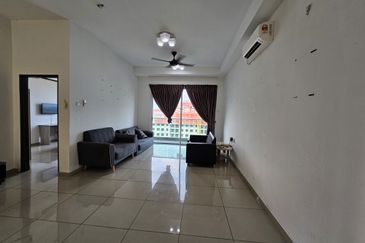
D'Carlton Seaview Residences (Seri Mega)
Masai, Johor

D'Carlton Seaview Residences (Seri Mega)
Masai, Johor
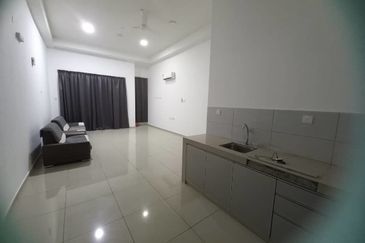
D'Carlton Seaview Residences (Seri Mega)
Masai, Johor
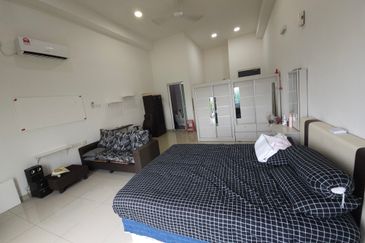
D'Carlton Seaview Residences (Seri Mega)
Masai, Johor


